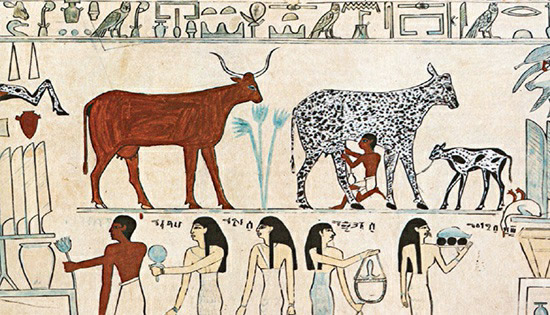The domestication of animals marks a pivotal chapter in human history, transforming the relationship between humans and various animal species. This process, distinct from mere taming, involves genetic changes through selective breeding, leading to species that are inherently attuned to human interaction and utility.
Evidence suggests that dogs were the initial foray into domestication over 30,000 years ago, likely derived from wolves. The motives behind this early domestication range from hunting assistance to simple companionship. This type of domestication is classified as commensal, where the benefits are mutually shared between humans and animals.
With the advent of agriculture around 10,000 years ago, the scope of domestication broadened to include livestock like goats, sheep, pigs, cattle, and fowl. These animals were primarily raised for food, a process known as prey domestication. Concurrently, directed domestication emerged, focusing on animals valuable for labor and transportation, such as horses, donkeys, and camels.
Interestingly, not all species are amenable to domestication. In Africa, for instance, large herd animals like zebras and gazelles have resisted domestication efforts, which historically impacted the development of agrarian and livestock-based societies on the continent.
Today, the legacy of animal domestication is deeply ingrained in our daily lives, from the pets we cherish to the livestock that supports our dietary needs. This journey from wild species to indispensable companions and helpers reflects a significant evolutionary and societal transformation.

